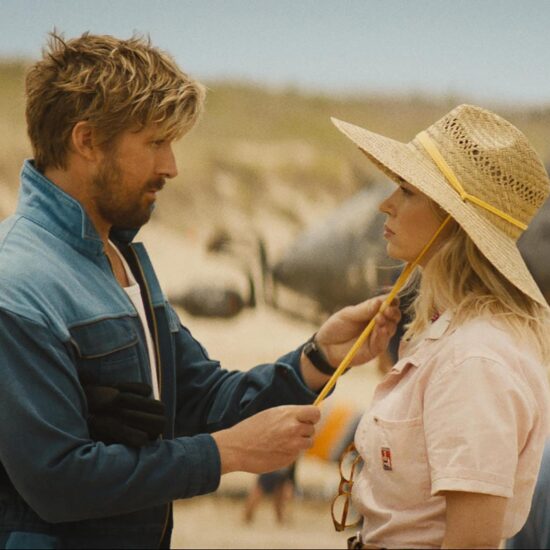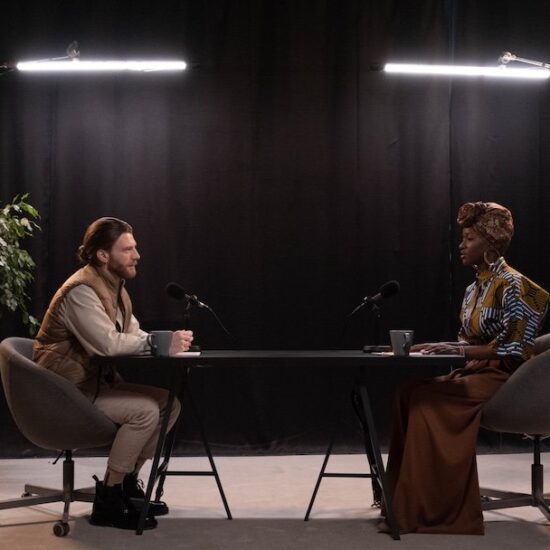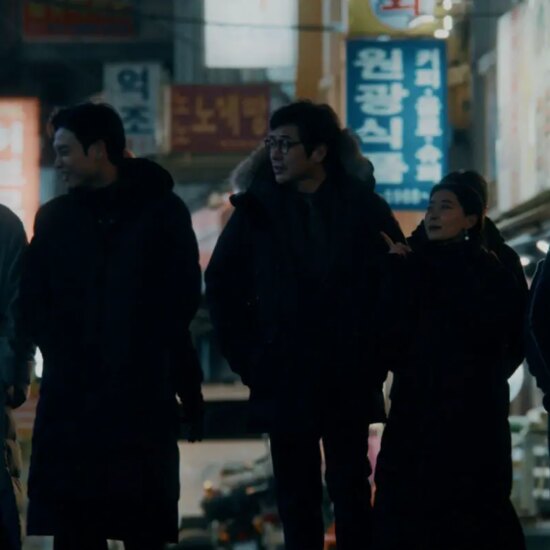A visual narrative is the art of telling a story through visuals. It’s an effective way to communicate and build a brand legacy by creating a strong visual representation of what your brand stands for.
The use of visual narratives is a great way to maximize growth opportunities for your business. Through the use of compelling images, colors, typography, and other design elements, you can create powerful stories that evoke emotion and capture the interest of your target audience!
The Benefits of Visual Narratives for Your Brand
Film is a powerful medium for visual narratives and is one of the most sought-after forms of narration. It allows you to showcase the culture, values, and mission of your brand in an engaging way that will stand out from traditional marketing campaigns.
You can use film to craft compelling storylines, create memorable characters, and deliver powerful messages that resonate with viewers on a personal level. With the use of visual storytelling techniques in film, you can shape the way people perceive your brand.
And with a well-crafted story, you’ll be able to build trust and loyalty with your customers by communicating the message of your brand in an emotionally compelling way!
Check out some of the benefits that your business will enjoy when you use film as a marketing tool:
Build a Strong Brand Identity
When you don’t know who you are, it can be difficult to introduce yourself to your audience. Visual narratives can help define who you are and what you stand for. If you successfully craft an effective story, you’ll be able to build a strong brand identity that will allow your company to stand out from the competition.
Boost Recognition
Film is a powerful tool that can be used to create visuals that capture attention. Once you attract the attention of your target audience, your brand will stay in people’s minds long after the film has finished! Plus, you can also film in iconic locations to make your visual narrative more compelling and memorable.
Engage with Customers
Visual narratives create a connection between your brand and its potential customers. Most visual storytelling aims to connect with your audience to ensure that they can relate to your content. This makes it easier for them to understand the message that you are trying to convey.
Establish Customer Trust
When you create an effective story that communicates your values, you’ll be able to build trust with your target audience. You can establish yourself as a business that cares about every one of your customers!
You can also use visual stories to tell the story of your brand’s history or share customer testimonials, which will further establish your brand as a reliable source within the industry. As a result, you will be able to reap the benefits of establishing customer trust in terms of better sales and higher customer retention rates, leading to a more stable business environment.
Generate Leads
You can use film to create visuals that capture attention and encourage viewers to take action, such as visiting your website or making a purchase. Some brands opt to strategize product placements in commercial films to increase awareness, aside from creating their own short features or animated films.
Reach New Audiences
Visual narratives can allow you to reach larger audiences. When you create stories that will appeal to a wide range of people, it can also attract people who are not in your immediate market. Also, visuals have the potential to immediately capture the attention of an audience, even those who may not be familiar with or interested in your product before they see it on screen!
Build a Legacy
Through the art of film, you will be able to build a strong brand legacy that can stand the test of time. Think of all the striking commercials or films you have seen throughout the years. Most of them had a unique element such as striking cinematography or an audio track that just stuck. Thus, if you maximize the potential impact of visual narratives, it will help keep your company top-of-mind for years to come!
Things to Consider When Using Visual Narratives
When creating visual narratives, there are several things you must consider. Below are some of the most important elements:
- Know your audience. You must know who you are targeting with your visual narrative and what message resonates with them.
- Understand the message of your story. Before you start filming, determine what the main message of your story is and how it will relate to your brand’s values.
- Consider the overall look and feel of your film. The look and feel of your film will reflect your brand. For instance, if your brand is associated with luxury, you may opt for a more sophisticated look and feel.
- Focus on quality and creativity. Don’t be afraid to showcase the unique qualities of your company in a way that will engage viewers. Also, make sure that your visuals are of the highest quality. This will help to create an authentic and professional image for your brand.
- Select the right format. Depending on your target audience, you may want to use a video or an animation to convey your message.
- Measure success. To gauge the success of your visual narrative, track the response and engagement it receives.
Final Thoughts
Visual stories are incredibly versatile. They present information in a more engaging format than traditional marketing campaigns. Plus, they can be used in a variety of mediums, such as television, streaming services, and social media to reach audiences across multiple channels.
When used correctly, visual stories can be an incredibly powerful tool for businesses of all sizes. They allow you to create meaningful connections with customers and build trust in your brand, which will help you stand out from the competition and increase sales. So don’t hesitate to begin creating those visual narratives today!
Chatty is a freelance writer from Manila. She finds joy in inspiring and educating others through writing. That’s why aside from her job as a language evaluator for local and international students, she spends her leisure time writing about various topics such as lifestyle, technology, and business.













